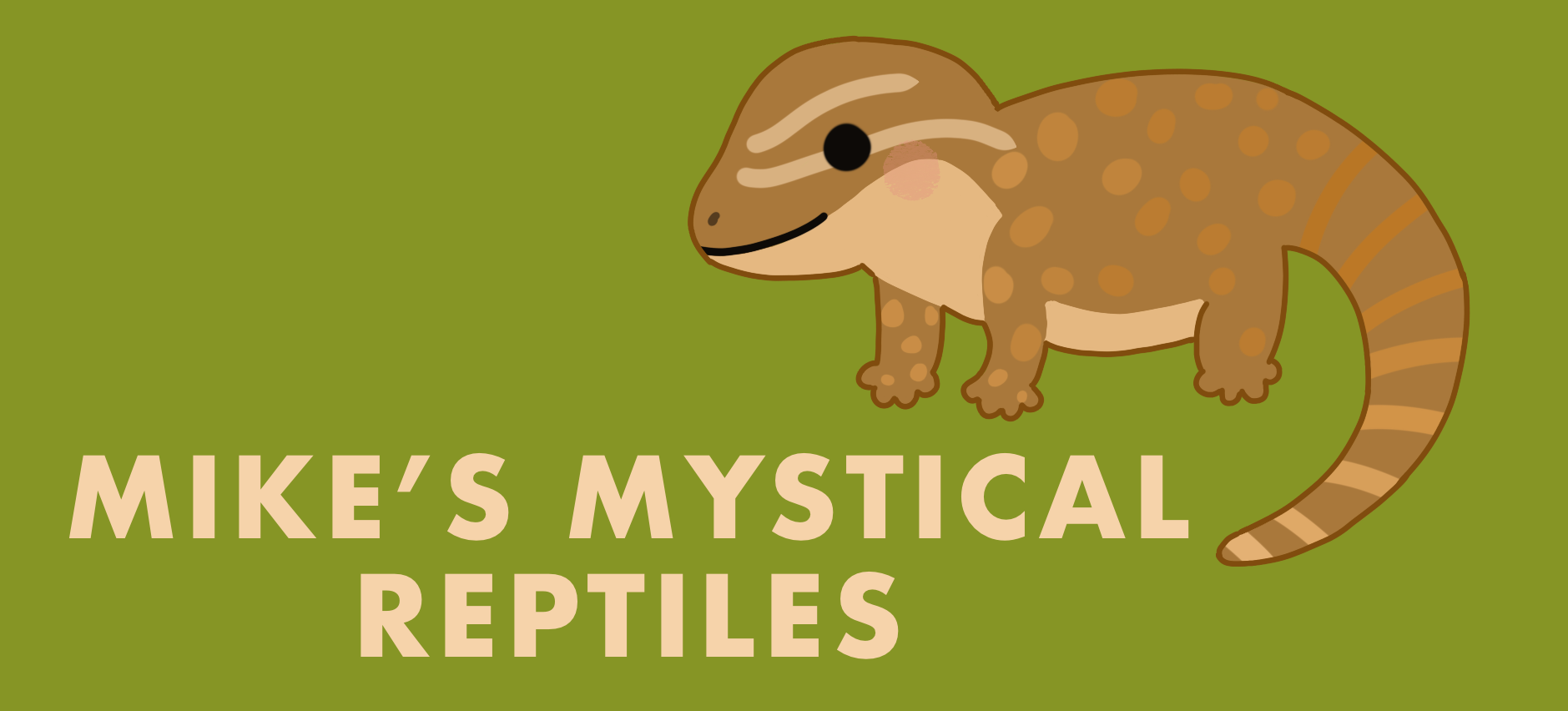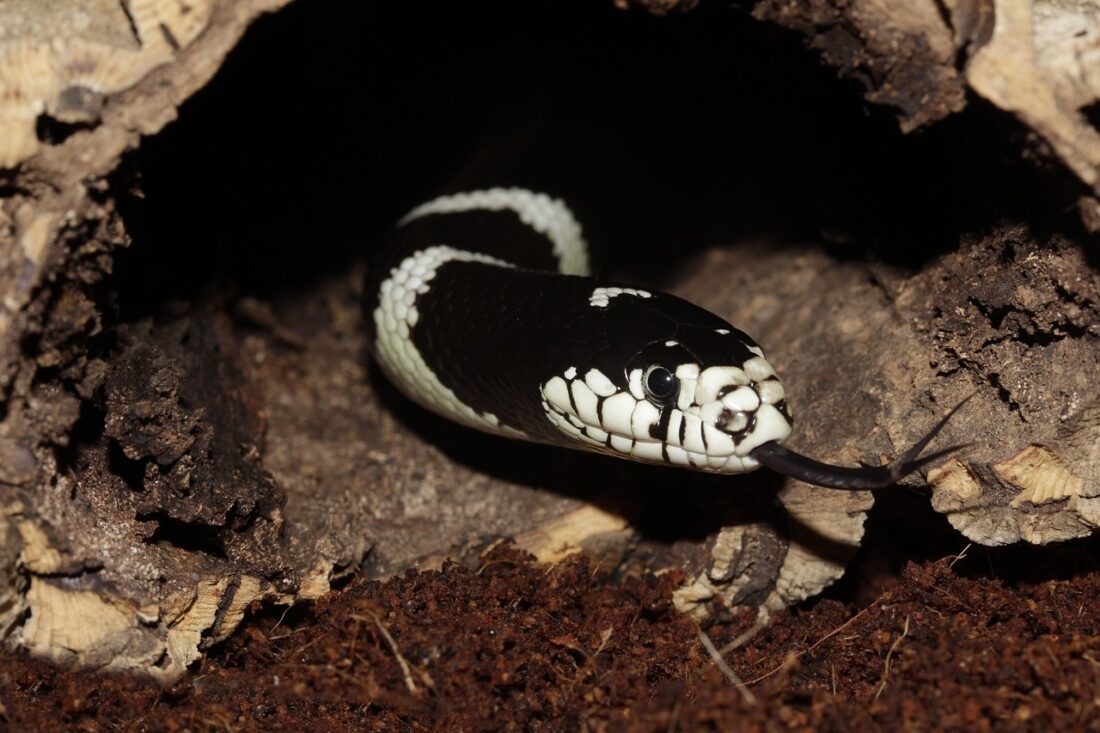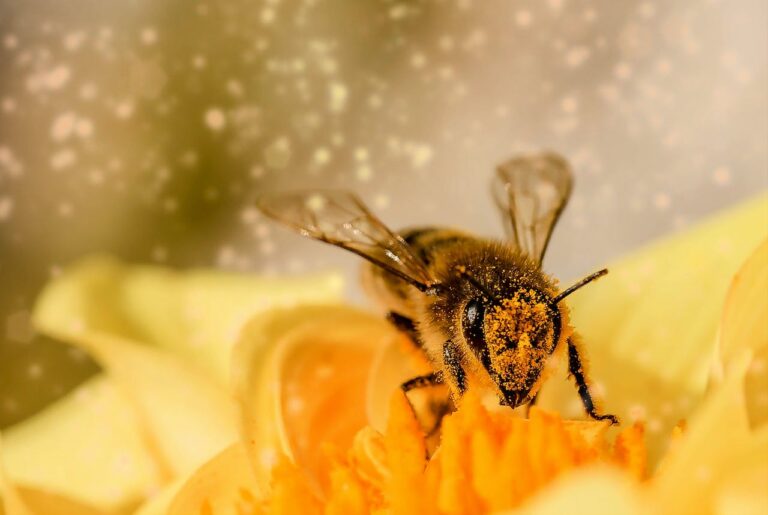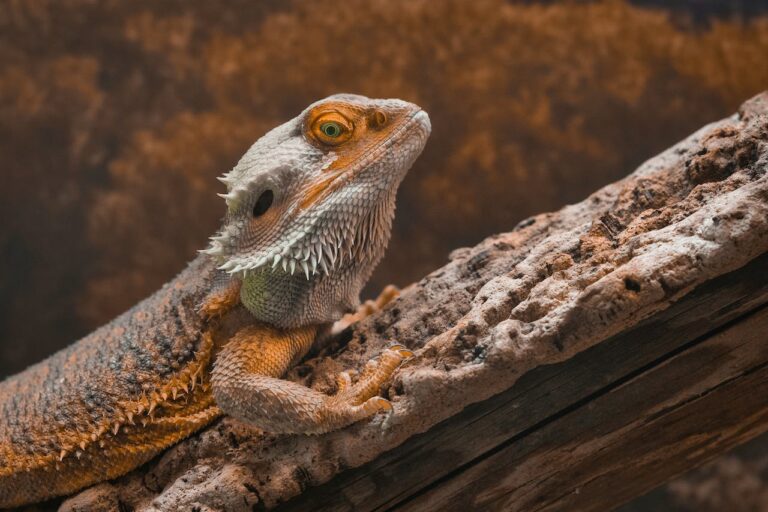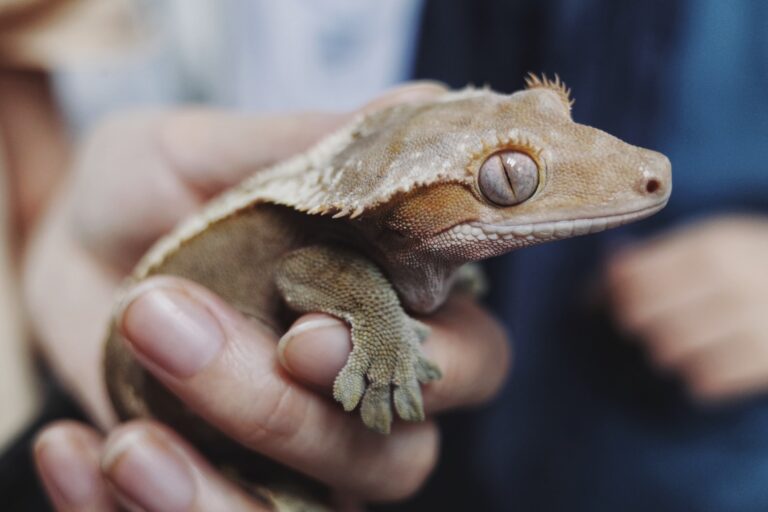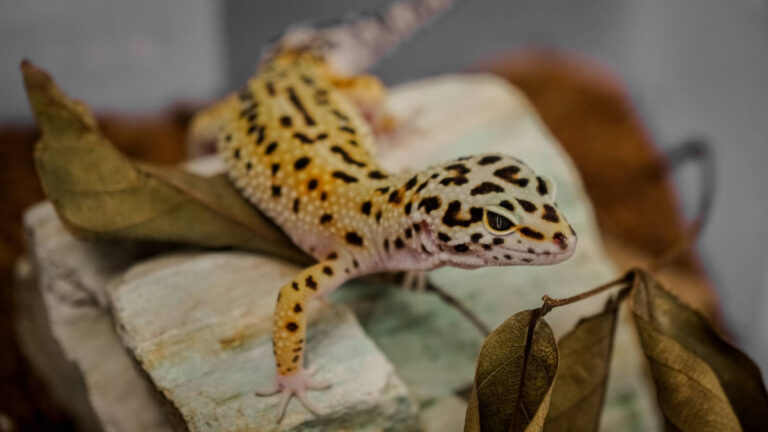How Do Turtles Breathe Underwater? (Here’s What You Need to Know)
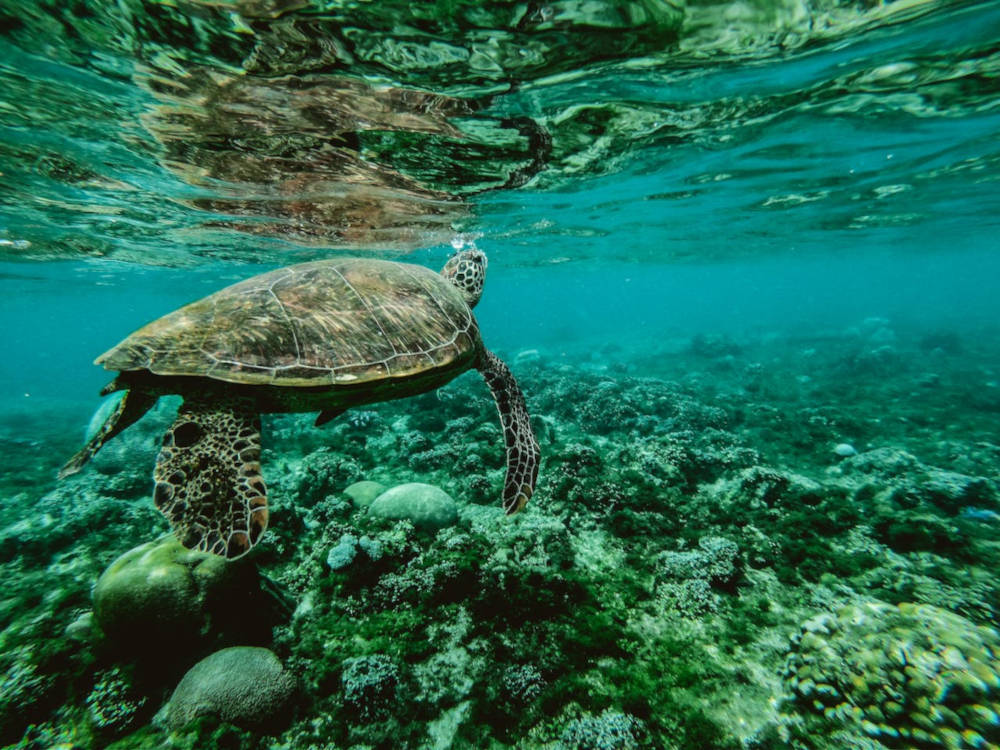
Introduction
Turtles captivate with their remarkable adaptations to aquatic life, notably their ability to breathe underwater. Unlike fish, turtles are air-breathing reptiles, yet they excel at staying submerged for extended periods.
Turtles have two main ways of breathing underwater. The first is using their lungs to take in oxygen from the air. The second is through cloacal respiration, where turtles can absorb oxygen from the water using their cloaca, or “butt,” and the blood vessels within it.
Exploring turtle respiration offers a profound appreciation for life’s diversity and how organisms evolve to thrive in their environments. This post dives into their distinctive respiratory anatomy and specialized adaptations, such as cloacal respiration.
Let’s jump right in!
Anatomy of Turtle Respiration
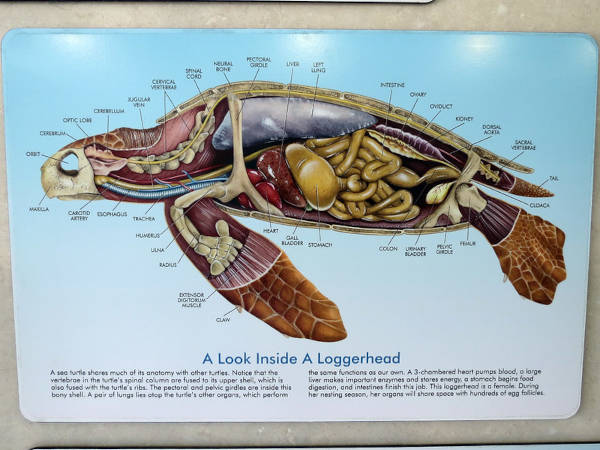
As a turtle enthusiast, you’ll be fascinated to learn about the remarkable and specialized anatomy that enables these unique creatures to respire in their aquatic habitats.
Unlike fish, which rely on gills for respiration, turtles have evolved a modified respiratory system that allows them to breathe air.
This adaptation involves the presence of an elongated trachea and spongy-textured lungs, similar to those found in humans, enabling them to extract vital oxygen from the air and release carbon dioxide.
However, the presence of a rigid shell poses a distinctive challenge to lung ventilation. To overcome this, turtles have developed specialized muscles and rely on intricate limb movements to facilitate breathing.
In addition to breathing air, some turtle species have further evolved a fascinating adaptation. During brumation, when oxygen availability is limited, these turtles can absorb oxygen from the water through their cloaca, or “butt,” and the surrounding blood vessels.
This unique mechanism, known as cloacal respiration, allows most turtle species to remain submerged for extended periods, further highlighting the diverse and remarkable respiratory adaptations found in the natural world.
The intricate interplay between the anatomical, physiological, and behavioral adaptations for respiration in turtles exemplifies the wondrous complexity of evolutionary processes and the incredible diversity of life on our planet.
So, as you dive into the world of turtle respiration, you’ll discover the extraordinary ways in which these fascinating creatures have adapted to thrive in their aquatic environments.
How Long Can Turtles Hold Their Breath Underwater?
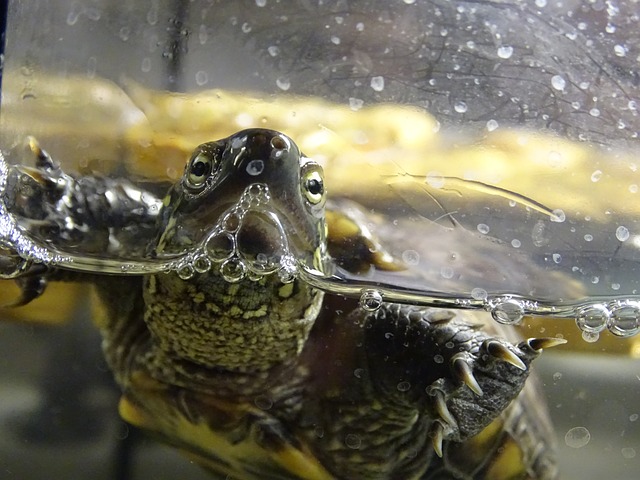
A turtle’s breath-holding abilities are influenced by factors such as species, size, activity level, and environmental conditions. The size of the turtle plays a significant role, as larger turtles generally can hold their breath for longer periods compared to smaller individuals.
Additionally, the level of activity and the turtle’s metabolic rate are key determinants of their breath-holding abilities. For instance, turtles engaged in vigorous activities, such as foraging or evading predators, may have a shorter breath-holding duration compared to individuals at rest.
Environmental conditions, such as water temperature and the turtle’s diving depth, also impact its breath-holding capabilities. In colder water, a turtle’s metabolic rate decreases, allowing it to conserve oxygen and potentially extend its dive duration.
Furthermore, the depth of the dive influences the pressure exerted on the turtle’s body, affecting the rate of oxygen consumption and the duration they can remain submerged.
The specific respiratory adaptations of each turtle species, including their lung capacity, the efficiency of oxygen extraction, and the presence of specialized oxygen storage tissues, further contribute to their breath-holding abilities.
In addition to the factors mentioned, the behavior and lifestyle of the turtle species also play a significant role in their breath-holding abilities.
For example, some turtle species have adapted to prolonged periods of apnea, or suspended breathing, during activities such as brumation or long-distance migrations.
These behavioral adaptations allow them to conserve energy and oxygen during extended periods of reduced activity, contributing to their overall breath-holding capacity.
Furthermore, the unique respiratory adaptations of sea turtles, such as the ability to push blood away from non-essential tissues during dives, enable them to maintain oxygen levels and prolong their submersion.
This specialized physiological mechanism is particularly advantageous for sea turtles during long-distance migrations and deep dives in search of food.
The remarkable variations in breath-holding abilities across different turtle species reflect the diverse ecological niches they inhabit and the specific challenges they face in their respective environments.
Cloacal Respiration

Cloacal respiration is a remarkable adaptation found in certain turtle species, enabling them to absorb oxygen from the water through their cloaca, or “butt,” and the surrounding blood vessels.
This specialized form of respiration is particularly useful during brumation when the turtle’s oxygen needs are significantly reduced due to its slowed metabolism.
As cold-blooded animals, a turtle’s internal temperature drops in the winter, matching the decrease in environmental temperature, and their metabolism slows down accordingly.
During this period of reduced activity, the oxygen diffused from the water running over them is often enough to sustain their minimal oxygen requirements until spring.
This process is not so much breathing as it is the diffusion of oxygen in and carbon dioxide out, and it serves as the primary source of oxygen for turtles during brumation.
Additionally, if necessary, turtles can switch to anaerobic respiration to power their metabolism without oxygen, although this mode is limited due to the buildup of a respiratory byproduct called lactic acid.
It’s also important to note that not all turtle species are reliant on cloacal respiration.
For instance, sea turtles, known for their extensive oceanic travels, have lungs and breathe air (all turtles breathe air, but sea turtles use this breathing feature more often). Their ability to stay underwater for very long periods may make them seem to be more like fish with gills, but they are air-breathing reptiles.
Similarly, other turtle species, such as freshwater turtles, can also breathe through the nares above their mouth. The inhaled air passes into the lungs by passing through the glottis into the trachea.
These diverse respiratory adaptations reflect the remarkable physiological and ecological diversity of turtles, allowing them to thrive in a wide range of aquatic habitats.
Freshwater Turtle Brumation
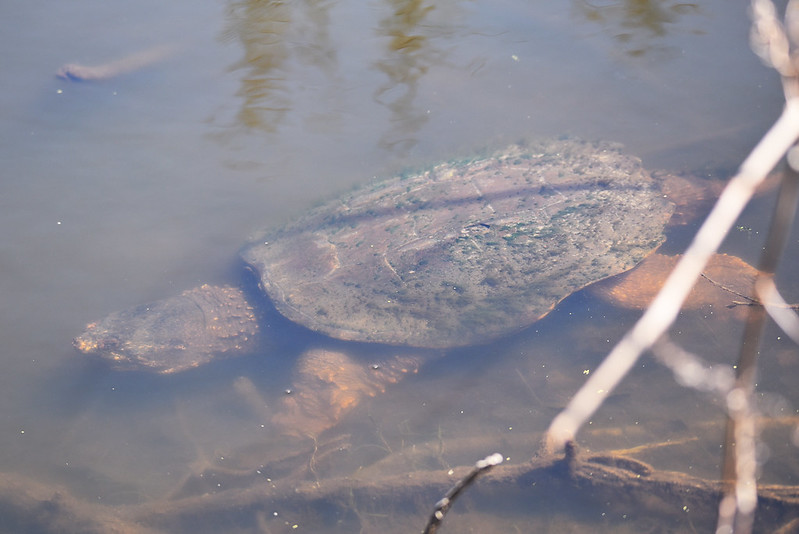
Having just discussed cloacal breathing, it makes sense to discuss the main types of turtles that utilize this form of breathing, and when.
Certain species of freshwater turtles such as the painted turtle and snapping turtle may remain under freezing cold water and ice for several months during the winter. When winter temperatures arrive, these turtles swim to the bottom of the pond, crawl beneath the mud, and enter brumation.
Freshwater turtle brumation is a fascinating aspect of their life cycle, especially in colder regions such as Canada. As the temperature drops in late fall, freshwater turtles begin to enter a state of brumation, which is a period of dormancy similar to hibernation.
During brumation, their core body temperature lowers, leading to a decrease in metabolism. This natural process is vital for the reproductive health of turtles and is an adaptation to the seasonal changes in their environment.
The turtles also rely on cloacal breathing to supply their body with small amounts of oxygen.
Brumation allows turtles to conserve energy and survive in colder conditions when food may be scarce. It is a natural behavior for turtles, and it should be carefully monitored, especially for pet turtles, to ensure their health and well-being.
Frequently Asked Questions
Do turtles breathe with lungs or gills?
Turtles primarily breathe using their lungs. They are air-breathing reptiles and surface to take in air, using their lungs to extract oxygen. Unlike aquatic animals such as fish, turtles do not have gills for underwater respiration.
Can turtles hold their breath for 5 hours?
Most turtles can hold their breath for long periods of time underwater, from 20 minutes to a couple of hours. Sea turtles have been observed holding their breaths for several hours at a time, so 5 hours is definitely within reason.
How do sea turtles sleep?
Sea turtles exhibit a behavior known as “resting” rather than sleeping in the way humans do. Resting in sea turtles involves them floating at the water’s surface or lying on the ocean floor. During this time, they are still conscious and able to control their buoyancy, allowing them to breathe when needed.
Can turtles live fully underwater?
While turtles are excellent swimmers, and many species spend a significant portion of their lives in the water, they cannot live their full lives underwater. Turtles must surface now and then to breathe. Even turtles brumating beneath lakes for many months during the winter must surface the water at some point.
Conclusion
Here’s a quick recap of what we learned:
- Turtles breathe underwater using lungs and cloacal respiration, showcasing unique adaptations.
- Turtle respiratory anatomy includes lungs and specialized muscles, overcoming challenges posed by their shells.
- Factors like size, metabolic rate, and environmental conditions influence how long turtles can hold their breath.
- Turtles exhibit various behaviors, like prolonged submersions and unique physiological mechanisms, supporting extended dives.
- Certain turtles use cloacal respiration during brumation, relying on oxygen diffusion to sustain minimal requirements.
Well, that’s it! I hope you learned something new about how turtles breathe underwater! What do you think is the coolest part about cloacal breathing? Let me know in the comments below 🙂 I’ll catch you in the next one!
